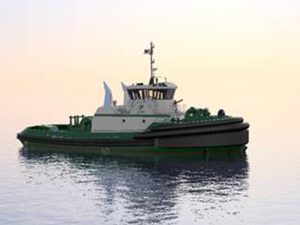
Foss newbuild tugs feature MTU Tier 4 diesels
Nichols Brothers Boat Builders has set an aggressive time table to deliver four 90-short ton bollard pull tugs to Foss Maritime that represent the company’s push to enhance its fleet with vessels

Nichols Brothers Boat Builders has set an aggressive time table to deliver four 90-short ton bollard pull tugs to Foss Maritime that represent the company’s push to enhance its fleet with vessels
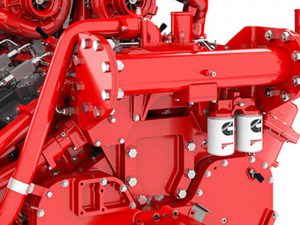
NOVEMBER 20, 2017 — Cummins Inc. (NYSE: CMI) announced today that the U.S. EPA Tier 4 solution for its marine QSK38 engine will be available in 2019 for marine customers operating in
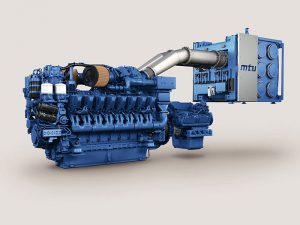
SEPTEMBER 14, 2017 — Rolls-Royce is to deliver its first MTU EPA Tier 4-compliant propulsion systems to San Francisco Bay ferry operator WETA (Water Emergency Transportation Authority) for installation in three 44
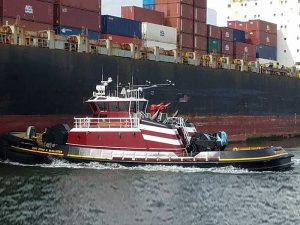
AUGUST 10, 2017 — The Capt. Brian A. McAllister, the first EPA Tier 4 tug on the U.S. East Coast is now at work for McAllister Towing. Named after the company’s Chairman,
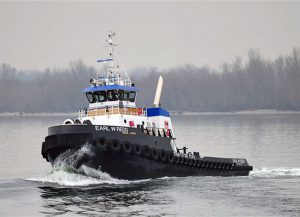
FEBRUARY 28, 2017—Harley Marine Services, Seattle, WA, recently took delivery of its first EPA Tier–compliant tug, the 120 ft, 5,300 hp Earl W Redd from Diversified Marine’s shipyard in Portland, OR. The
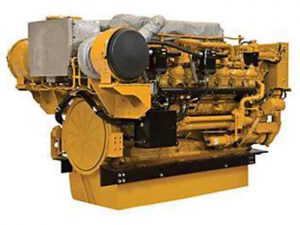
DECEMBER 5, 2016 – Caterpillar Marine reports that Horizon Shipbuilding, Bayou LaBatre, AL, is in the process of installing the first production EPA Tier 4 certified 3516E EPA CAT Marine engines, on
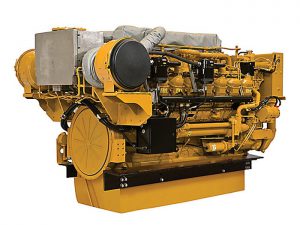
When Harley Marine decided to build the new line haul boat, the Earl W. Redd, for towing up and down the U.S. Pacific Coast, the company wanted a proven power platform that would meet the new emissions requirements.
Over the years, Harley Marine has successfully operated line haul tugs powered by Cat 3500 Tier 1 and Tier 2 propulsion engines. Cat dealer Peterson Power suggested two 3516E engines —a flexible power solution that addressed both Harley Marine’s need for power and the upcoming Tier 4 regulations.
To meet the Tier 4 Final emissions standards coming in 2016, each of the two continuous duty 3516E engines—individually rated with a 10% horsepower increase of 2,682 hp at 1,600 rpm—is paired with a selective catalytic reduction (SCR) aftertreatment system, using DEF (diesel exhaust fluid) a urea-based solution, to reduce NOx emissions in the exhaust.
“Harley Marine should save over $1 million across a 15-year lifecycle on total fluid consumption (diesel plus DEF) costs for this newbuild compared to an equivalent Tier 2 powered vessel. They are able to deliver an increased level of performance due to the higher power rating with increased efficiency,” says Ryan Darnell of Caterpillar’s Large Power Systems division. “That’s a direct result of engine fuel efficiency improvements that our SCR technology allows us to make by reducing NOx downstream of the engine combustion process.”
Harley Marine has a long-standing relationship with Caterpillar Marine, including parts and service support from dealers across the United States. In addition, Cat Financial has provided construction and ownership financing for multiple Harley Marine vessels— including the Earl W. Redd.
“Harley Marine appreciates that they can get the whole package from one source,” says Brent Nelson, a Caterpillar Marine territory sales manager who works closely with Harley Marine. “Caterpillar Marine is able to bring together multiple parties to make sure the design and installation is exactly what they need.”
For this particular vessel, that includes not just Harley Marine, but also Diversified Marine, Peterson Power, the naval architect and Cat engineers back at the factory. Caterpillar says that everything is now on track for the Cat engines to be delivered to the shipyard in April 2016, with vessel construction complete in October of that year.
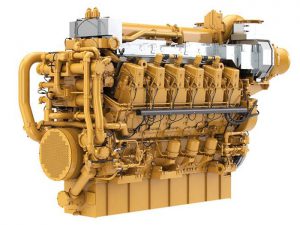
The EPA Tier 4 standards applied to all new U.S. flagged vessels starting in January 2014. IMO III standards will apply to all new vessels entering IMO NOx Emissions Control Areas (NECA) starting in January 2016.
The C280 engines are available in eight, 12 and 16-cylinder models spanning a power range from 2300 ˗ 5060 kW as main engines – conventional and diesel electric – and also as auxiliary generator sets. Caterpillar says that the latest models offer significant benefits over earlier units. As well as reduced emissions, they consume less fuel and have lower through-life owning and operating costs.
According to Nathan Kelly, Caterpillar Marine production definition engineer, the choice of SCR over other NOx reducing technologies, was made based on the Caterpillar commitment to customers to offer solutions that provide the highest uptime and minimize overall total lifecycle cost.
“SCR was a clear choice for us,” explains Mr. Kelly. “We have more than 160,000 Tier 4 Final and Interim engines in land-based operations using various NOx-reduction technologies. In marine applications, we specifically chose the best technology to fit the needs of our industry. We view SCR as the preferred option for the commercial marine industry. “
“The C280 is already renowned for its high uptime, reliability and durability,” he continued, “but for these Tier 4 engines our priority was to achieve the lowest lifecycle owning and operating cost. We have succeeded in this by improving engine fuel efficiency. Unlike previous emissions tiers, our Tier 4 engines can run at optimal fuel efficiency because the SCR system is in place to reduce the higher NOx output.”
He says that any concerns about the cost of the urea based Diesel Exhaust Fluid (DEF) used in SCR technology are more than offset by the improved fuel efficiency delivered.
“Unlike some other NOx reduction technologies, our engines operate without interruption even in the event of SCR failure or running out of DEF,” adds Mr. Kelly. “There is no effect to engine operation.”
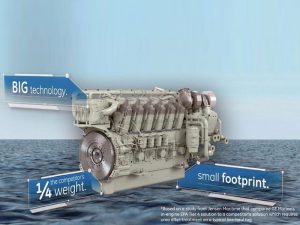
MARCH 19, 2015 —GE Marine announced that Reinauer Transportation Companies, LLC, purchased two GE U.S. EPA Tier 4 certified marine diesel engines and two Lufkin Marine Propulsion Gearboxes for a new Articulated
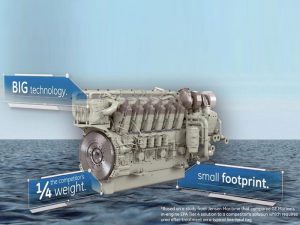
FEBRUARY 5, 2015—GE Marine reports that its 12V250 marine diesel engine received U.S. EPA Tier 4 Certification. GE met the emissions requirements through non-Selective Catalytic Reduction (SCR) technology that requires no urea-based